Family Therapy
Get the compassionate and professional guidance you need to better understand and improve your family dynamics.
My approach to family therapy
1. Understand the System
We start by mapping out your family dynamics, looking at how each person interacts, communicates, and responds. This might include exploring roles, boundaries, generational patterns, and how past experiences shape present tensions. The goal is to understand not just the problem, but the system surrounding it.
2. Create a plan
Together, we pinpoint the patterns that keep your family stuck, like recurring conflicts, avoidance, or misunderstandings. At the same time, we highlight your strengths: moments of connection, shared values, or even the desire to grow together. This balance helps your family move from blame to curiosity and from tension to teamwork.
3. Practice New Ways of Relating
We then work on developing healthier communication, setting respectful boundaries, and creating new ways of showing up for one another. These changes take practice, but small shifts in one part of the system can create powerful ripple effects across the entire family.
Modalities I use for family therapy
Structural Family Therapy
Structural Family Therapy focuses on improving how a family functions by examining the structure of relationships and the roles each member plays. It looks at patterns of interaction, such as who holds authority, how boundaries are set, and how members connect or disconnect from each other. When families get stuck, it is often because these patterns become rigid or unclear. This approach works to reorganize those dynamics, strengthen parental leadership, clarify boundaries, and promote healthier ways of relating. The goal is to create a more balanced and supportive family structure that helps each member thrive.
Experiential Therapy
This approach to therapy focuses on accessing and processing emotions through present moment experiences, rather than just talking about problems. It often incorporates creative techniques such as role play, body awareness, and symbolic work to help uncover and shift stuck emotional patterns. At the core of this model is the belief that healing happens through a genuine, human relationship. The authentic connection between therapist and client is not just a backdrop, but a key driver of change, creating a space where clients feel truly seen, supported, and challenged. This foundation of trust and emotional safety allows for deeper exploration, self discovery, and lasting growth.
Systems Theory
Systems theory in therapy views individuals not in isolation, but as part of larger, interconnected systems—like families, relationships, communities, and cultures. It emphasizes that a person’s thoughts, feelings, and behaviors are shaped by their roles and interactions within these systems.
Rather than focusing solely on internal problems, the therapist explores patterns, feedback loops, and communication dynamics that influence the client’s experience. The goal is to shift dysfunctional patterns, improve relational functioning, and support healthier, more adaptive systems—whether within a family, couple, or broader social context.
In short: change in one part of the system creates ripple effects in the whole.
Schedule a Free Consultation
Typically I’m able to see new clients within 7 days of inquiring.

